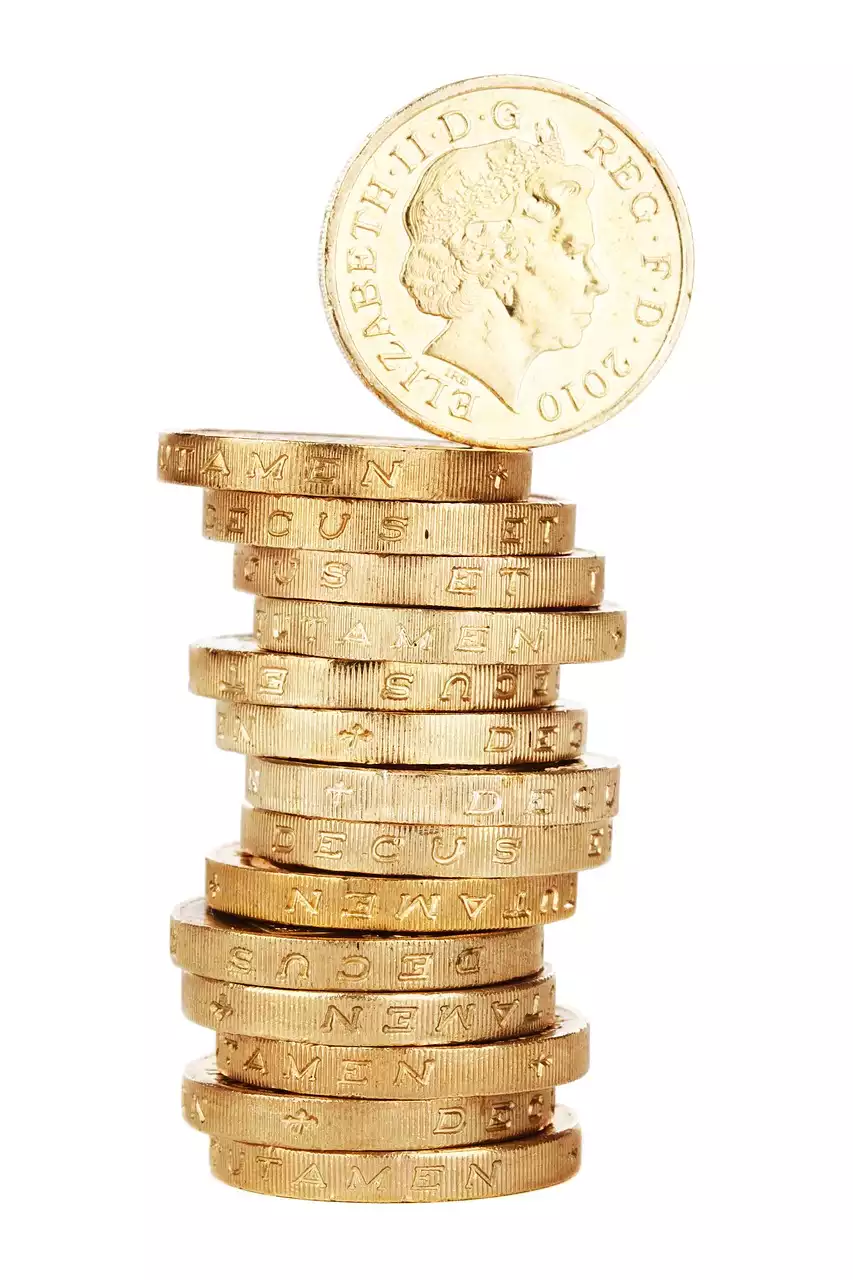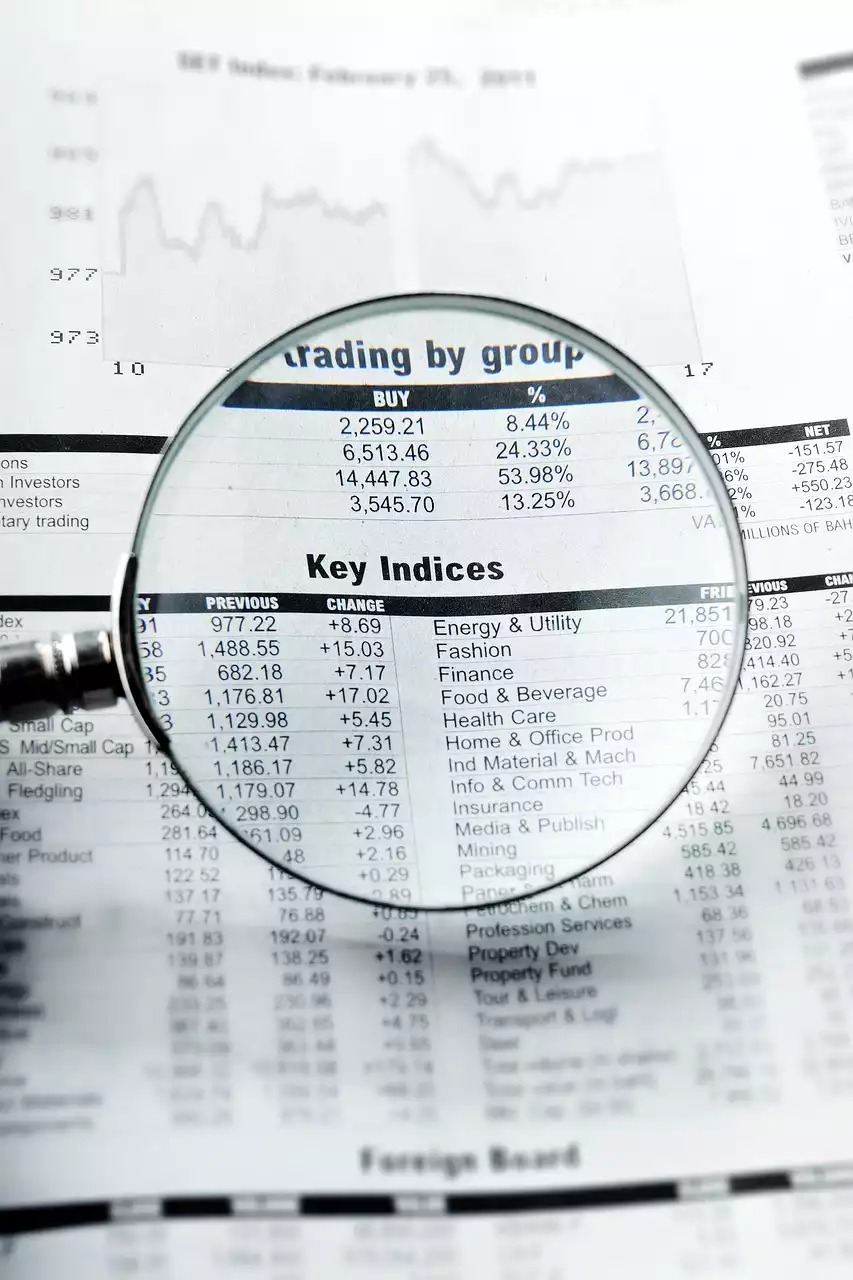Overview of USD/JPY
The USD/JPY pair represents the value of the US dollar against the Japanese yen. The USD/JPY is one of the most heavily traded pairs in the Forex market. This pair is mainly traded in Tokyo, New York, London and other financial hubs. Due to large volumes and high liquidity, the USD/JPY is considered one of the best currencies to trade. The US dollar and the Japanese yen are among the world’s most stable and widely traded currencies. The US dollar is the most traded currency in the world, and the Japanese yen is the third most traded currency. Moreover, the US dollar and the Japanese yen are the world’s largest economies, which means that any economic and financial news about these two countries has a significant impact on the USD/JPY pair.
Risks associated with trading USD/JPY
With its high volatility, this pair is prone to wide market fluctuations. This pair is mainly traded in Tokyo, which means that trading hours for this pair are limited. Thus, there is a higher risk of market gaps. Due to the high volumes of USD/JPY, the liquidity is low. This means that there will be a larger slippage when entering an order. This pair has very low spreads, but they are not as low as those of other pairs. The US dollar and the Japanese yen are among the world’s most stable and widely traded currencies. Thus, any changes in the economic and financial conditions of these two countries have a significant impact on the USD/JPY pair. Therefore, it is important to remain aware of the market conditions and understand the risks associated with trading it.
How to mitigate risks when trading USD/JPY
The best way to mitigate risks when trading USD/JPY is to thoroughly understand the market conditions and maintain a proper trading strategy. Here are a few tips on how to do that:
- Research and understand the economic and financial news. This will help you better understand the market conditions and forecast future price movements.
-Trade with a disciplined trading strategy. This will help you maintain proper risk management and avoid taking excessive risks.
-Find the pair’s strong and weak periods. This will help you better forecast future price movements and plan your trading accordingly.
-Keep your emotions under control and avoid overtrading. This will help you avoid taking excessive risks and losing money due to emotions.
Types of trading strategies for USD/JPY
The main types of trading strategies for USD/JPY are as follows:
- Swing trading - This is a type of trading strategy that focuses on buying and selling assets within a short period of time. Swing trading is a great strategy for trading USD/JPY.
-Day trading - This is another great strategy for trading USD/JPY.
-Scalping - This is a type of trading strategy that attempts to make small profits on a very frequent basis through high-volume trading.
-Position trading - This type of trading strategy focuses on buying assets with the expectation of holding them for a long period of time.
Trading signals for USD/JPY
If the US dollar or Japanese yen are performing better than expected, this may signal an uptrend. If the US dollar or Japanese yen are performing worse than expected, this may signal a downtrend. If the US dollar or Japanese yen are performing comparably to expectations, this may signal a sideways trend. If the US dollar or Japanese yen are performing under expectations, this may signal a corrective trend. If the US dollar or Japanese yen are performing above expectations, this may signal an extended trend.
Fundamental analysis for USD/JPY
Fundamental analysis is a market analysis approach that attempts to forecast future price movements by analyzing economic factors. Here are a few economic factors to consider for trading USD/JPY:
- Interest rates - Any changes in interest rates are closely related to the US dollar. The Federal Open Market Committee (FOMC) controls short-term interest rates, which are commonly referred to as the Fed Funds Rate. Long-term interest rates, on the other hand, are influenced by the US Treasury.
-Economic indicators - Any changes in economic indicators are closely related to the Japanese yen. Major economic indicators that are closely watched include GDP, CPI and unemployment rate.
-Geopolitical factors - Any changes in geopolitical factors are closely related to the Japanese yen. Geopolitical factors that are closely watched include the relations between the US and Japan and the relations between the US and other countries.
Technical analysis for USD/JPY
Here are a few key elements of technical analysis that will help you when trading USD/JPY:
- Trend - This is a major factor in technical analysis. It relates to the direction of an asset’s price over time. Trend can be either up or down.
-Support and resistance levels - These are key levels in technical analysis that can greatly impact the movement of an asset’s price. Support levels are price points that mark areas of significant buying pressure.
-Resistance levels, on the other hand, mark areas of significant selling pressure.
-Moving average - This is a price trend that is calculated by averaging the price over a specified period of time. Moving averages are helpful in identifying trading patterns and can help identify the overall trend.
-MACD - This stands for moving average convergence divergence and is a popular technical analysis tool. It is used to determine whether an asset’s price is bullish or bearish and can help identify the trend.








